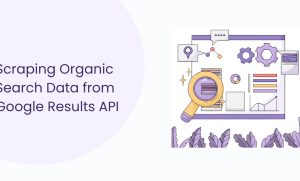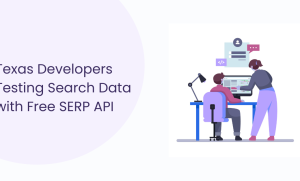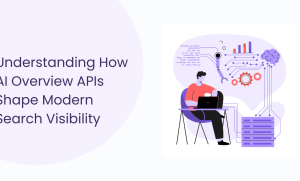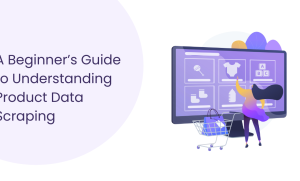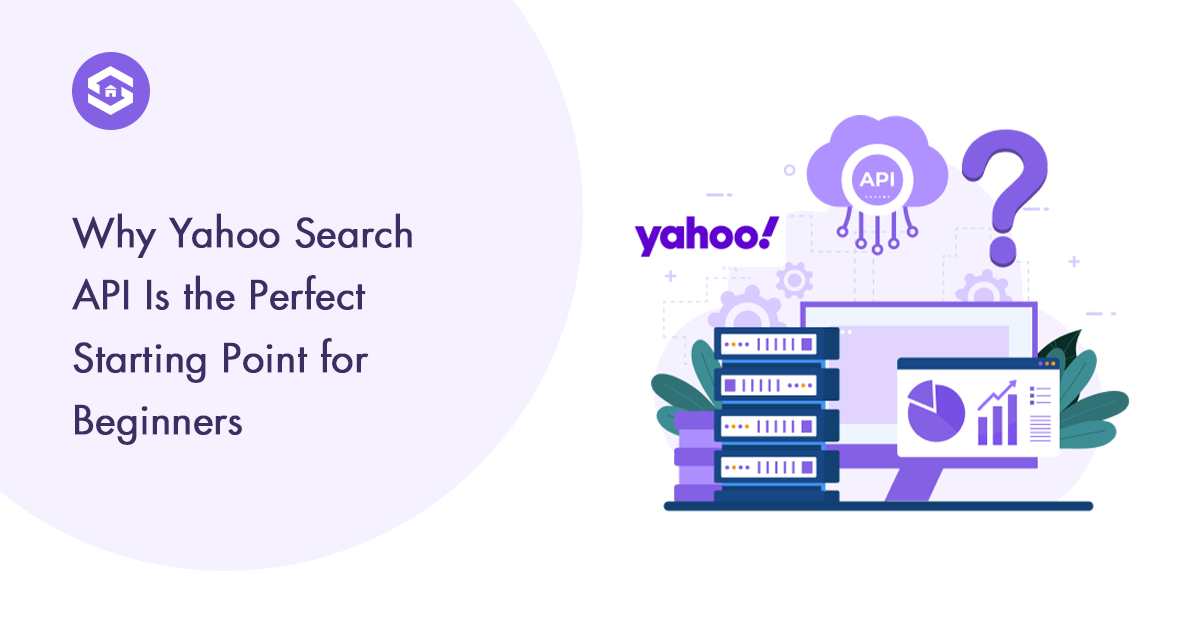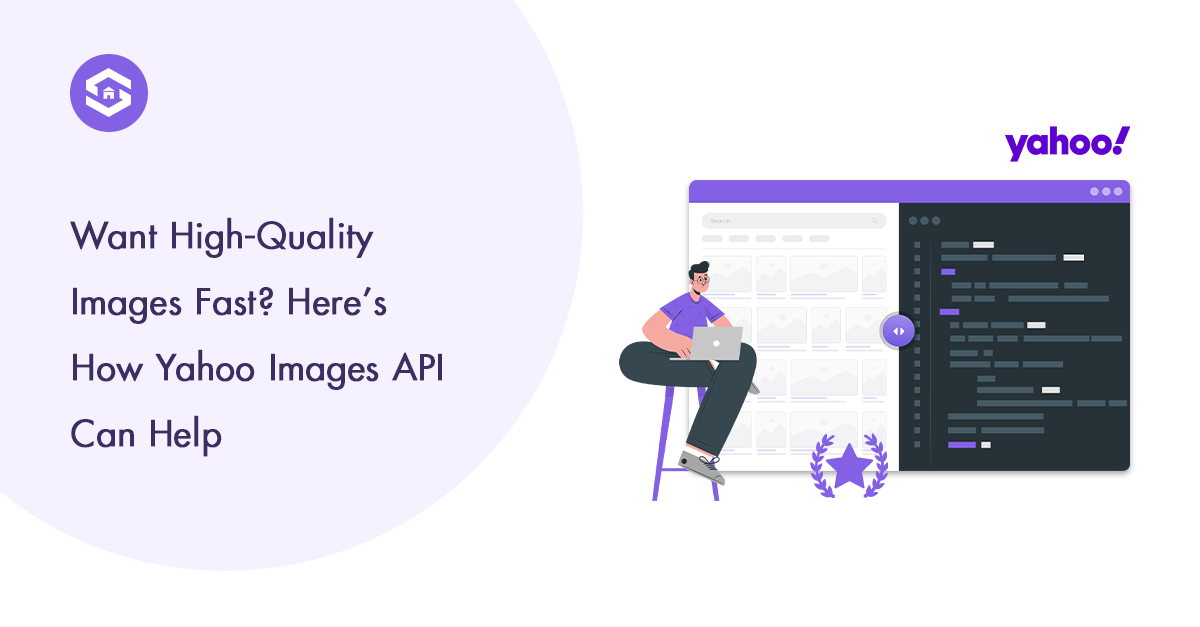Table of Contents
Table of Contents
News moves fast and in finance, sports, tech, and media, missing a single update can cost time, money or credibility. Real-time tracking is no longer optional; it is essential. A Yahoo News API use case enables the capture of the right updates at the exact moment they matter. It does not just show headlines; it delivers actionable information so teams can respond before trends escalate.
Manual monitoring falls short when markets shift, scores change or tech stories break across multiple channels. With a Yahoo News API use case, alerts happen automatically. Teams can monitor stock or crypto movements, track emerging tech announcements or catch brand mentions instantly. This is not about replacing human judgment; it is about giving teams the data they need to make smart timely decisions and stay ahead of the curve.
In this blog, we will explore practical examples showing how real-time dashboards, automated alerts, PR monitoring, coverage gap detection and content curation can transform the way organizations act on news.
1. Building a Real-Time News Dashboard for Finance, Sports, or Tech
A real-time news dashboard isn’t just a screen full of headlines. It is a decision tool. Whether you are tracking stock movement, live match updates, or fast tech announcements, the real value is not in showing updates. It is in showing the right information at the moment it matters. That is why building a dashboard doesn’t start with UI. It starts with reliable data sources, instant refresh logic, and clear rules that decide what appears first.
The structure shifts from industry to industry, but the foundation stays the same:
- Pull data in real time
- filter noise and highlight what matters
- refresh automatically without user action
- Let users go deeper instead of just reading headlines
How the purpose changes by niche:
Finance:
In finance, a five-minute delay can turn information into waste. A real-time dashboard has to stay synced with live market feeds, earnings updates, SEC filings, currency moves, and policy changes. Traders are not looking for summaries. They need signals that show what moved, why it moved, and how fast they should react.
A strong finance dashboard usually includes:
- Live stock or crypto tickers linked to each headline
- Priority alerts for market-moving events
- Filters by index, sector, or asset type
- Exact timestamps to prove data freshness
Without automation and live pipelines, the screen is not a dashboard. It is just a news page with a fancy layout.
Sports:
A sports dashboard is not about final results. Fans, analysts, and coaches care about what changed the game as it happened. A goal, foul, substitution, injury, or time-out becomes news before a full article is even published. That means the dashboard needs to match data and breaking updates in one place.
Useful elements often include:
- Instant alerts for goals, red cards, wickets, or penalties
- Separate feeds for leagues, tournaments, or teams
- Live player stats and injury reports
- A timeline that updates with every event
The real value is not in knowing who won. It is in seeing how the match shifted moment by moment.
Tech:
Tech news does not come from one channel. It spreads through blogs, X posts, product pages, changelogs, patent filings, leaks, funding trackers, and early release notes. A good dashboard does not try to show everything. It filters noise and highlights what may actually affect the industry.
A well-built tech dashboard may include:
- Trending APIs, tools, or product launches
- Start-up funding and acquisition reports
- AI model or software release updates
- Patent filings or early-stage leaks
Tech updates often appear on social platforms before official sites, so the dashboard needs social scraping as well as publisher feeds. RSS alone is not enough.
2. Automating News Alerts for Stock, Crypto, or Brand Mentions
The real advantage of automated news alerts isn’t convenience. It’s timing. When information moves faster than humans can refresh a feed, the only way to stay ahead is to let the system watch for you. Whether you’re tracking a company, a coin, or your own brand’s reputation, the goal is the same: know before the crowd reacts.
For stocks, alerts are often tied to price-moving events. Earnings leaks, lawsuit filings, leadership exits, product recalls, analyst downgrades — these hit niche financial sources long before they appear on mainstream media. If you get the alert early, you have a window before the market fully adjusts.
Crypto behaves differently. The market runs 24/7, and the impact often starts from a single Telegram message, GitHub commit, wallet transfer, or influencer tweet. Price swings don’t wait for news articles. Automated alerts are the only way to see movement before volatility turns into a chart you wish you had seen earlier.
Brand mentions have another purpose altogether. It’s not about price, it’s about reputation. A negative review, leaked document, influencer call-out, or competitor comparison can snowball before your team wakes up. Automated alerts give PR, marketing, and legal teams time to respond before the narrative spreads.
3. Detecting News Coverage Gaps for Content or SEO Strategy
Every industry has topics that get talked about constantly and topics that barely get covered, even though people are searching for them. That gap between what audiences want and what publishers are producing is where the real SEO advantage sits. Detecting those gaps means spotting subjects with high interest but low competition, so you can step in before the rest of the market catches up.
A smart gap analysis isn’t just about checking missing keywords. It looks at live trends, search intent shifts, unanswered questions, and stories no one has written yet. When you combine real-time data with content tracking, you don’t just follow news cycles, you predict where they’re heading next.
Typical ways teams use this insight:
- Spot topics with rising search volume but little to no coverage
- Identify angles that competitors ignore or delay reporting
- Find keyword clusters with weak ranking pages and outdated info
- Turn user questions on forums or social platforms into high-intent content
- Build pages while the demand is forming, not after it peaks
Instead of reacting to trending topics, you start creating what people will look for tomorrow. That’s how content stops chasing traffic and starts owning it.
4. Monitoring Breaking News for PR and Crisis Management Teams
For PR and crisis teams, timing can decide everything. What starts as a small rumor on social media can turn into tomorrow’s headline before anyone even has time to react. The real danger isn’t always the story itself; it’s the silence that follows when no one’s watching. If you don’t catch it early, a simple misunderstanding can snowball into something that sticks to your brand for weeks.
That’s why real-time monitoring matters more than ever. It’s not just about reading news feeds or chasing keywords. It’s about noticing the first signs of trouble. Maybe it’s a quick post from a journalist, a sudden spike in brand mentions or a frustrated customer who suddenly gets traction online. Those are your early warning signals and missing them can cost more than you think.
The smartest teams don’t try to chase everything that moves. They filter the noise, watch for patterns and move when it counts. If the tone around your brand shifts, they spot it. If a niche blog drops something unusual, they know whether it’s worth attention or not. By the time others are scrambling to respond, they’re already shaping the story and steadying the message before it starts running wild.
5. Automating Content Curation for Blogs and Media Sites
Keeping a blog or media site updated today feels like trying to keep pace with a speeding train. Stories break across dozens of sources every hour and readers expect fresh, relevant content constantly. Doing this manually is not only tiring, but it is nearly impossible. Automation changes the game. It continuously pulls in content, filters out noise, and surfaces the stories that truly matter to your audience.
Why Automation Matters
The advantage is not just speed. Automated curation also identifies gaps in coverage that humans might miss. It highlights trending topics that have not been fully explored, recommends related angles, and even prioritizes stories likely to drive engagement. Editors no longer spend hours scrolling through feeds. Instead, they can focus on adding unique insight, providing context, and producing original content that strengthens the site’s authority.
How Automation Improves Workflow
Some of the ways automation improves the workflow include
- Highlighting high-interest topics with minimal coverage
- Suggesting complementary or related stories to expand content clusters
- Filtering out low-value or irrelevant items to maintain quality
- Ranking stories by relevance, traffic potential, or audience engagement
By integrating these automated processes, media sites stay ahead of trends, maintain consistent publishing schedules, and deliver real value to readers without the constant grind. Automation does not replace human creativity; it amplifies it, letting teams work smarter instead of just harder.
Conclusion
If you look closely, every use case here comes down to two things – timing and context. Real-time dashboards, alerts, and content systems aren’t just about working faster; they help teams react while it still matters. A quick response can mean the difference between catching a trend early or missing it completely. Whether it’s tracking breaking finance news, following sports momentum, managing a brand during a crisis, or keeping a media site active, these tools make human judgment sharper, not unnecessary.
Putting money and effort into real-time automation isn’t just a tech upgrade; it’s a mindset shift. It helps teams think ahead instead of playing catch-up. The smartest ones don’t just collect data; they interpret it, act on it, and use it to guide the next move. When this kind of system becomes part of the daily routine, businesses stop reacting to the news cycle and start shaping it.



